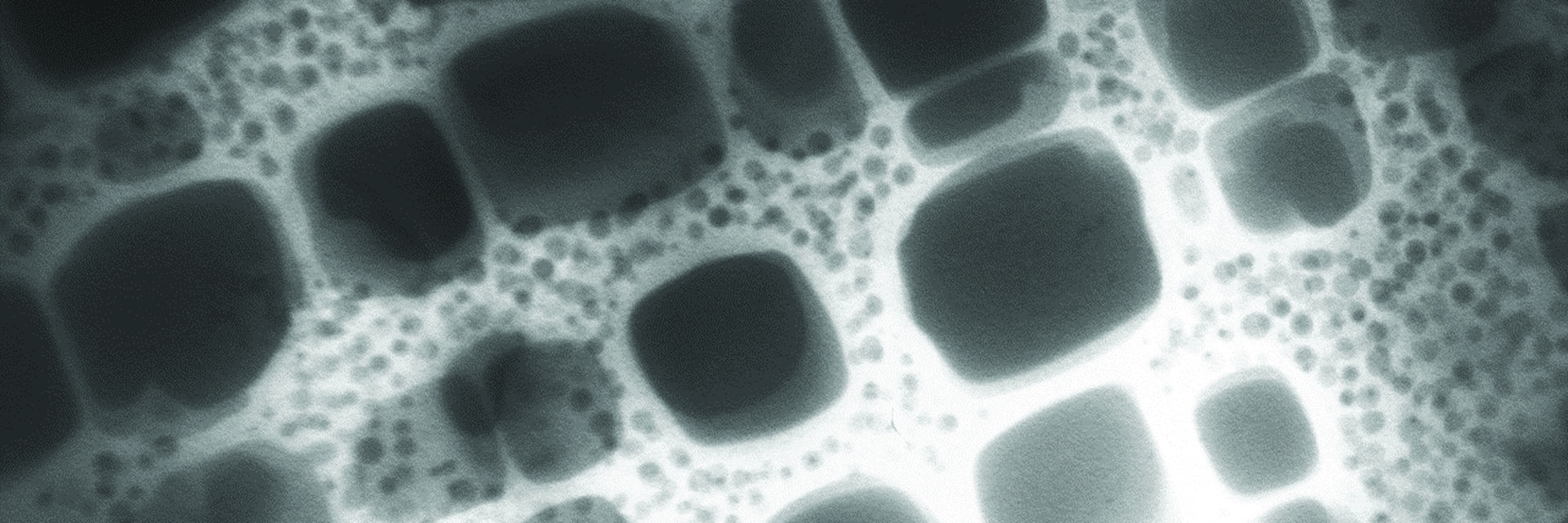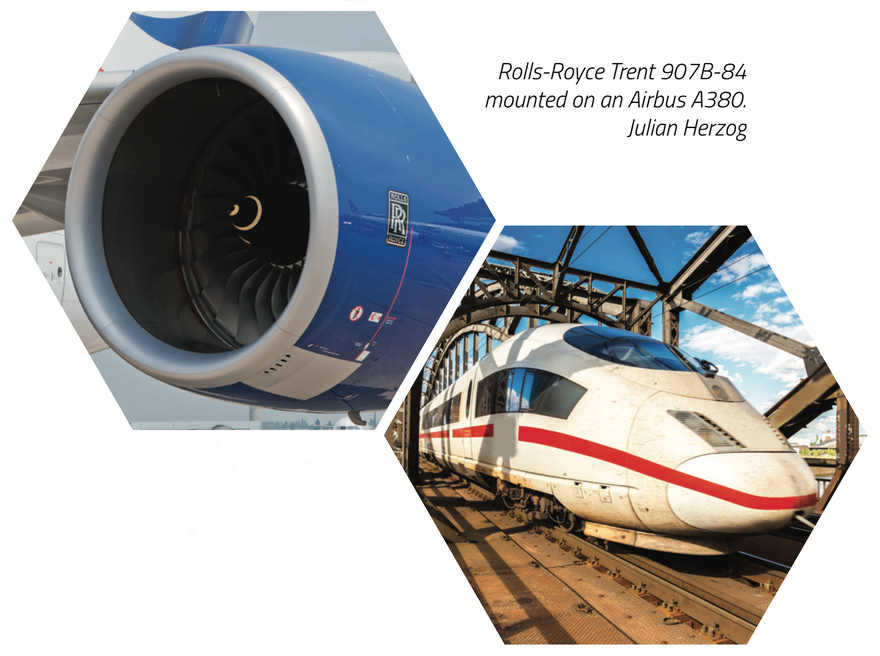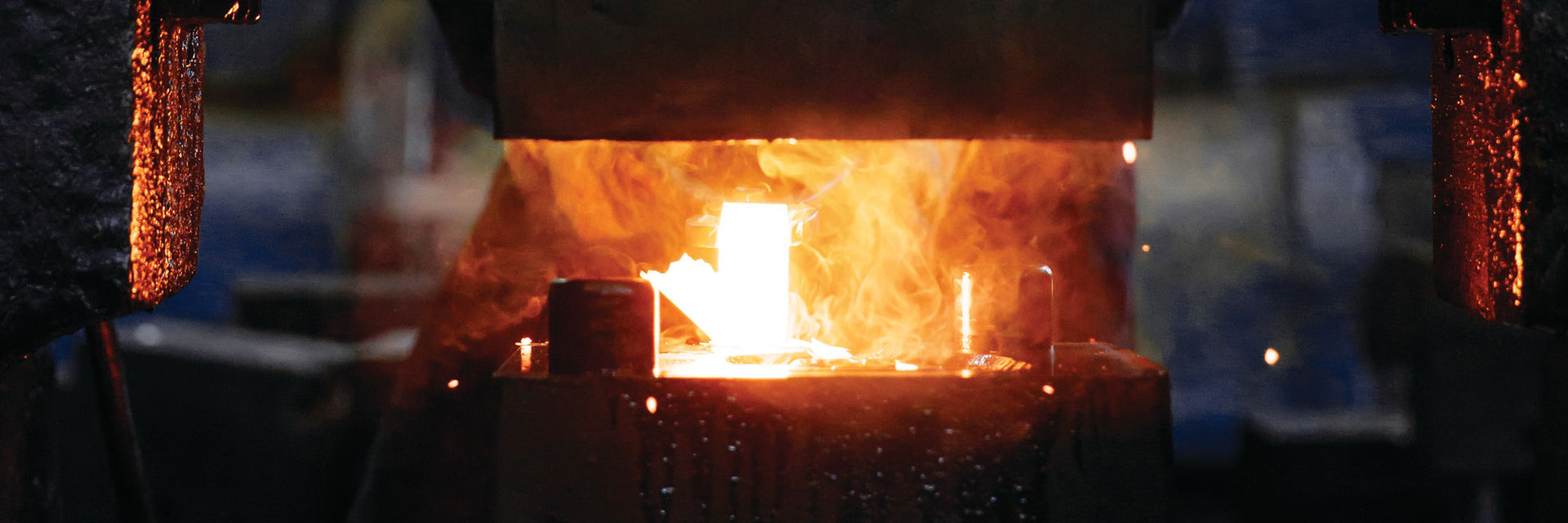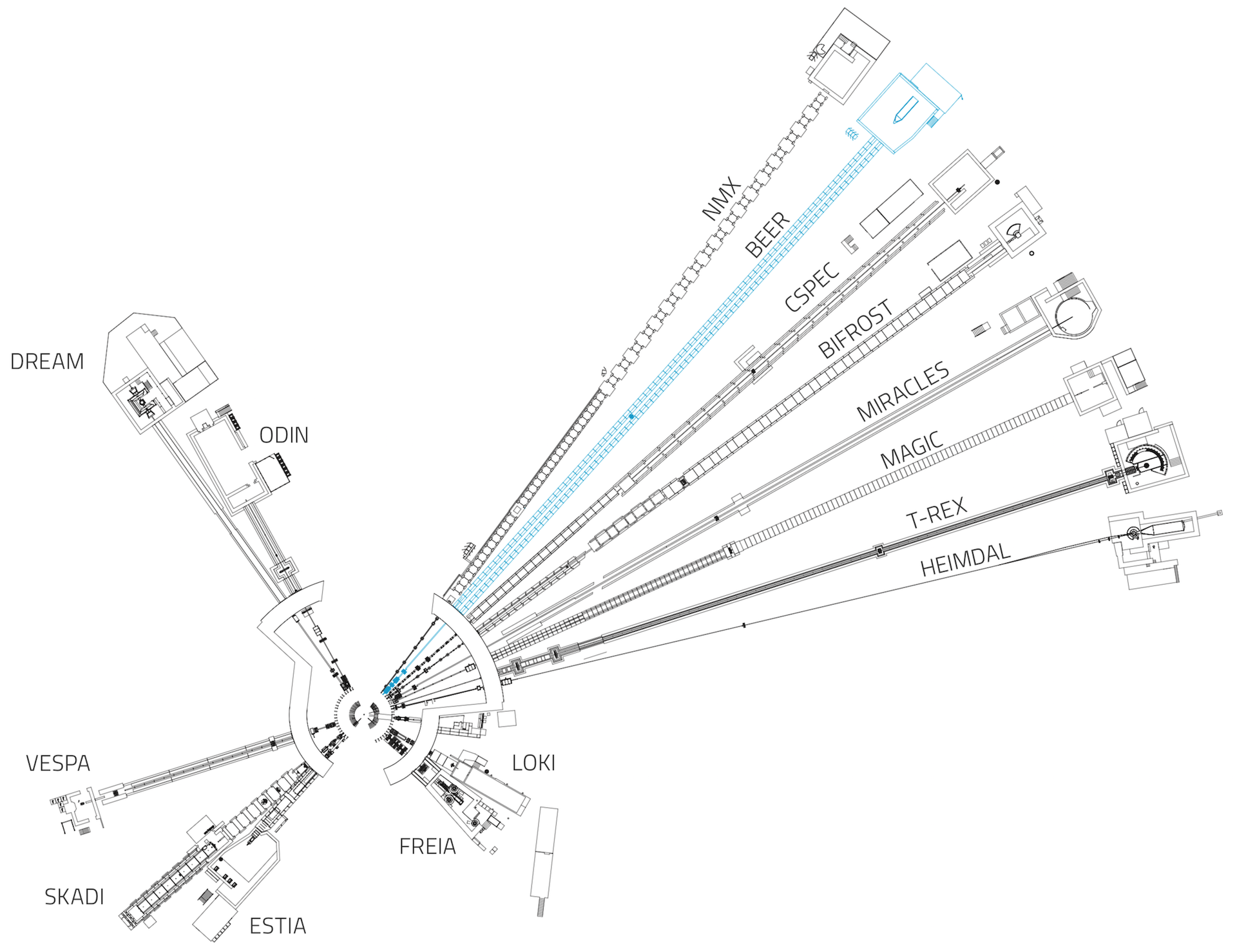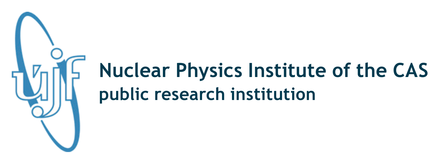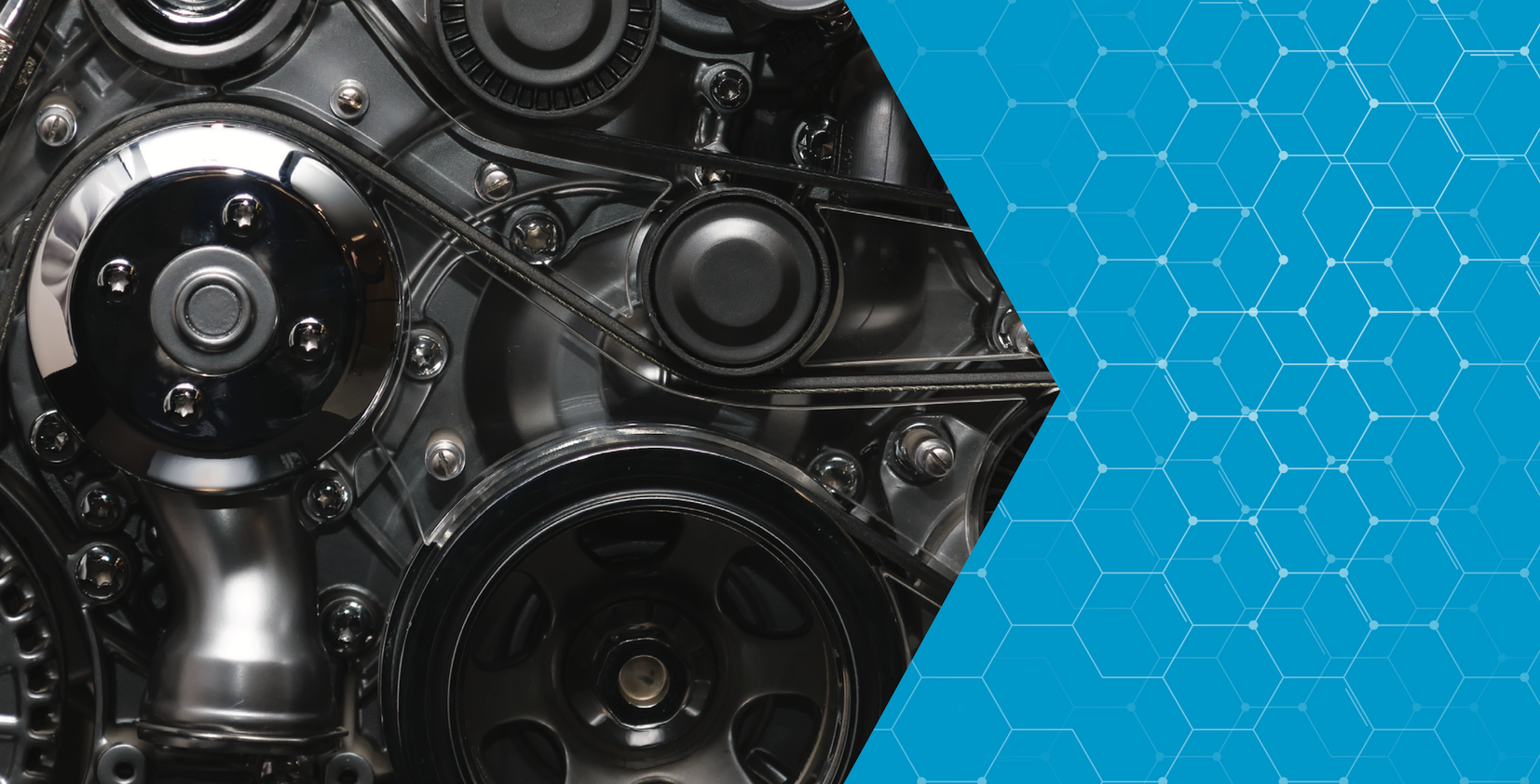
Safer, lighter and stronger engineering materials
How will science help to establish the suitability of new materials for aircraft, high-speed trains and other high-stakes applications?
The European Spallation Source will enable researchers to observe in unprecedented detail the impact of real-world conditions on promising novel materials, enabling innovative applications across the engineering spectrum.
Fast, safe and efficient transportation relies on strong, lightweight and heat-resistant materials. However, the materials used for planes and trains today are reaching their performance limits. As engineers and manufacturers continue to innovate, they demand more from their materials and inevitably confront even greater barriers to realise their vision.
To create new materials that meet the needs of tomorrow’s innovations, scientists are working to manipulate material properties, but this is a careful balancing act. The engines on jets, for instance, must withstand temperatures up to 2000ºC while continuing to operate safely and reliably. The higher the temperature and the longer one can sustain it during combustion, the more efficient the process becomes – so pushing these limits with new materials could have a significant impact on the carbon footprint of future air travel.
In order to meet this challenge, scientists need a greater understanding of the composition and multilevel crystalline structures of promising materials in order to better predict how they will react to the stresses and strains – and heat – endured through both the manufacturing process and the life-cycle of their operation. Where this knowledge falls short, manufacturers are reliant on empirical trial-and-error, which can be too time consuming and too expensive to invest in.
Materials for engineering applications are typically extremely complex. Different crystalline structures exist side by side in these materials, and their microscopic organisation will determine the macroscopic characteristics and viability of the material. Under everyday and not-so-everyday environmental conditions, a combination of internal stresses and micro-strains can be what leads a material to fail.
What will we see at ESS?
At ESS, materials will be investigated in real-time in the midst of real-world processing or operational conditions. The results will contribute to the confidence needed to send new technologies skyward.
Neutrons are invaluable to engineering research because of their ability to probe deeply and non-destructively into dense matter. Uniquely, the BEER instrument at ESS will enable real-time material analysis down to the scale of individual atoms. Furthermore, it will do this during fast processes taking place under actual manufacturing conditions like welding or forging. This will provide the critical details to interpret what happens to a material during processing, and ultimately how this may impact a machine’s performance.
Today, scientists have very limited opportunities to simultaneously analyse both the material composition and the variety of structural formations in samples under live conditions. The interplay of these properties therefore often remains unclear. The BEER instrument will utilise the long, high-flux neutron pulses of ESS together with dedicated sample environment equipment to present this full picture over a wide range of length scales for the first time.
Moreover, the unprecedented brightness of the ESS neutron beams will enable even deeper penetration into bulky samples than what is possible today. In addition to studying samples of freestanding new materials, BEER will also investigate the behaviour of materials embedded in prototypes and machine components, both under environmental stress and during operation. Neutrons are non-destructive, so there is no danger to valuable parts that are being tested.
Beyond transport
Advanced structural materials will play an important role in clean transport systems in the future, ensuring that the European manufacturing industry remains competitive. Research conducted on Europe’s future flagship engineering diffractometer, BEER, also has the potential to advance the engineering of basic civil infrastructure such as bridges and tunnels, to improve the designs of prosthetics for increased comfort and quality of life, and to deliver on the promise of more efficient wind turbines to support the development of renewable energy sources.
BEER
BEER is a time-of-flight materials engineering diffractometer designed to enable investigations of structural materials during processing, during operation and within simulated service environments.
Fifteen instruments are currently under construction at ESS.
The in-kind partner institutions collaborating with ESS to design and build BEER are:
This feature is part of an ongoing Future Science series; a set of stories highlighting some of the research opportunities that will be made possible by instruments currently under construction at ESS.

























